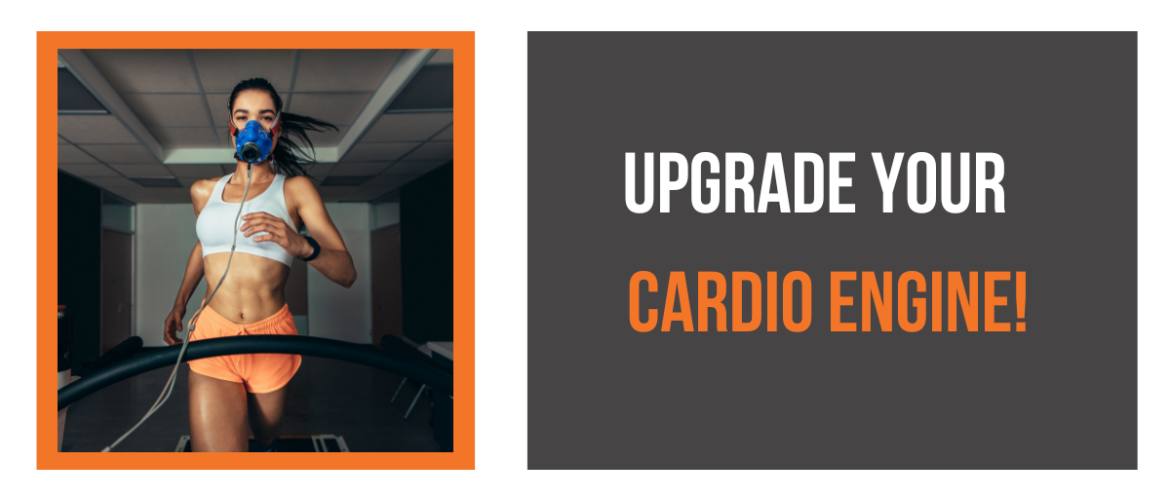GET IN TOUCH TODAY!
"*" indicates required fields

VO2 Max, or maximal oxygen uptake, is the maximum amount of oxygen your body can utilise during intense exercise. It’s a critical metric for athletes and fitness enthusiasts alike, as it reflects the aerobic physical fitness of an individual. VO2 Max isn’t just for the elite; understanding and improving your VO2 Max can offer significant health and performance benefits for everyone.
A high VO2 Max is associated with a strong cardiovascular system and can indicate overall health and longevity. It’s essential not just for athletes but for anyone looking to maintain a healthy lifestyle. Improving your VO2 Max can lead to better heart health, more efficient metabolism, and increased energy levels.
Measuring VO2 Max accurately requires specialised equipment and a controlled environment, typically in exercise physiology labs. The process involves exercising at increasing intensities while your oxygen consumption and carbon dioxide production are monitored. However, many fitness trackers and smartwatches now offer estimates of VO2 Max for everyday use.
For athletes, a higher VO2 Max means being able to perform at higher intensities for longer periods. It’s a cornerstone of endurance sports success, from running and cycling to swimming and cross-country skiing.
Improving your VO2 Max strengthens your heart and improves the efficiency of your circulatory system. This can reduce your risk of heart disease, lower blood pressure, and improve overall cardiovascular health.
Exercises aimed at improving VO2 Max are typically high in intensity and burn a significant number of calories, aiding in weight management and fat loss. This type of training can also increase your metabolic rate, helping you burn more calories even when at rest.
A higher VO2 Max improves your body’s ability to supply oxygen to your muscles, enhancing your endurance and stamina. This makes everyday activities easier and allows you to engage in physical activities for longer without fatigue.
While training can significantly improve VO2 Max, genetics also play a crucial role in determining your baseline capacity. Some individuals may naturally have a higher or lower VO2 Max due to genetic factors.
VO2 Max tends to peak in your late twenties to early thirties and gradually declines with age. However, regular, intense training can mitigate much of this decline, emphasising the importance of staying active throughout life.
Consistent, targeted training is the most effective way to improve your VO2 Max. Both high-intensity interval training (HIIT) and steady-state endurance training have been shown to increase VO2 Max significantly.
On average, women tend to have a lower VO2 Max than men, largely due to differences in body composition and hormone levels. However, when adjusted for lean body mass, these differences become less pronounced, highlighting the importance of individualised training programs.
High-Intensity Interval Training (HIIT) and steady-state endurance training are both effective at improving VO2 Max. Incorporating a mix of both types of training can provide the best results, enhancing both aerobic and anaerobic fitness.
While cardio exercises are most directly related to VO2 Max improvements, strength training also plays a role. Building muscle can improve overall fitness, support weight loss, and, by extension, contribute to a higher VO2 Max, particularly when strength training sessions are conducted as a circuit.
Lifestyle Changes
Nutrition, hydration, and adequate rest are crucial for maximizing VO2 Max improvements. A balanced diet supports exercise recovery and performance, while proper hydration ensures your body functions optimally during workouts.
Conclusion
VO2 Max is a vital metric for anyone looking to improve their health, fitness, and performance. By understanding what it is, how it benefits you, and how to improve it, you can take significant steps towards achieving your health and fitness goals. Remember, it’s not just about reaching a high number; it’s about improving your overall well-being and quality of life.